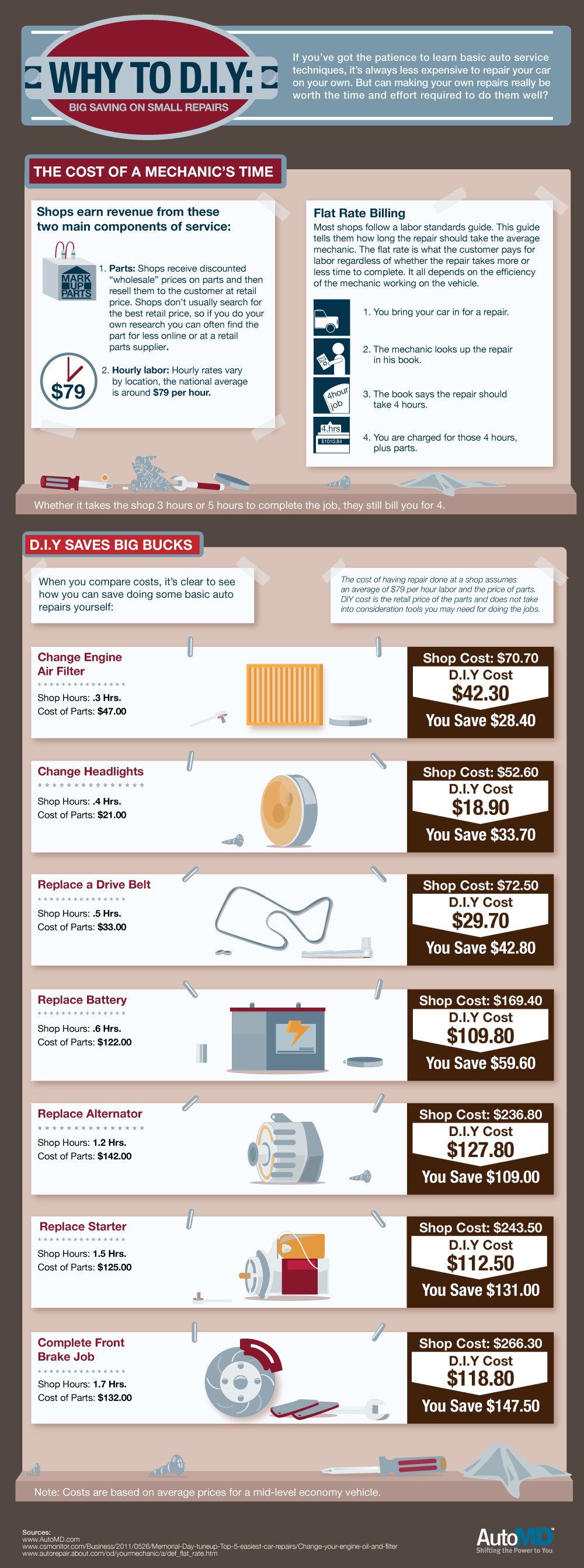Discover Just How To Decipher Cars And Truck Caution Lights And Tackle Prospective Concerns With Self-Confidence
Discover Just How To Decipher Cars And Truck Caution Lights And Tackle Prospective Concerns With Self-Confidence
Blog Article
Content Writer-Gunter Eriksson
When you lag the wheel, those little warning lights on your vehicle's dashboard can be quite perplexing. What do they indicate, and should you be concerned? Understanding these signals is important for your automobile's wellness, yet it doesn't have to be a challenging task. By deciphering the secret behind each light, you'll be equipped to manage potential problems successfully and keep your vehicle running smoothly. So, next time a warning light flashes, don't panic - arm on your own with understanding and take control of the situation.
Importance of Car Warning Lights
Comprehending the relevance of your automobile's caution lights is crucial for keeping your vehicle's health and wellness. These lights function as your automobile's interaction system, signaling you to possible problems that could threaten your safety when traveling or bring about costly fixings if ignored. By taking notice of these cautions, you can address problems early and stop more damages to your car.
Disregarding cautioning lights can lead to major consequences, such as engine failing, brake breakdowns, or even mishaps. These lights are made to inform you of problems ranging from reduced tire pressure to engine breakdowns, providing you the opportunity to act before the scenario intensifies. Routinely inspecting and understanding these warnings can conserve you time, money, and ensure your security while driving.
In addition to maintaining you risk-free, responding without delay to alerting lights can likewise help extend the life-span of your automobile. By dealing with concerns at an early stage, you can prevent tiny issues from escalating right into major repair work, ultimately conserving you time and money in the long run. Bear in mind, your car's caution lights are there for a factor - do not overlook them!
Common Warning Lighting and Meanings
When it concerns driving your automobile, knowing usual caution lights and their definitions is essential for your safety and security and vehicle upkeep. Right here are a few typical caution lights you may experience:
1. ** Inspect Engine Light **: This light indicates a problem with your engine. Maybe something minor like a loose gas cap or something more significant like engine misfiring.
2. ** Battery Light **: This light signals an issue with your cars and truck's billing system. It could indicate a malfunctioning battery, generator, or various other related parts.
3. ** Oil Stress Light **: When this light comes on, it indicates your engine might be running low on oil or experiencing reduced oil stress, which can result in engine damage otherwise addressed promptly.
4. ** Brake System Light **: This light indicates a concern with your braking system. It can suggest reduced brake fluid degrees or a trouble with the brake system that requires immediate focus.
Comprehending these common warning lights will certainly aid you determine prospective issues beforehand and protect against even more considerable issues in the future.
Just how to React To Warning Lights
In case a caution light brightens on your automobile's dashboard, it's vital to respond without delay and properly. When a caution light begins, the primary step is to consult your proprietor's manual to recognize the details concern shown by the light.
Some lights need instant focus, while others might show a less immediate issue. If the warning light is red or blinking, it's usually a sign of a serious issue that needs immediate activity. In such cases, it's suggested to pull over securely, shut off the engine, and look for specialist assistance.
For yellow or orange warning lights, while they may not call for immediate attention, it's still important to deal with the hidden problem without delay to avoid further damage. how to repair bicycle brake and inspection can aid avoid advising lights from beginning suddenly.
Conclusion
Finally, understanding your vehicle's caution lights is vital for keeping your car's health and safety. By on a regular basis inspecting and responding to these cautions, you can resolve possible concerns early and protect against expensive repair work or safety dangers. Remember to consult your owner's handbook for information on different warning lights and constantly take immediate action for red or blinking lights. Stay https://mcponj.org/2022/02/28/former-manager-of-hazlet-auto-repair-shop-indicted-for-90k-theft/ and keep your vehicle running smoothly!
